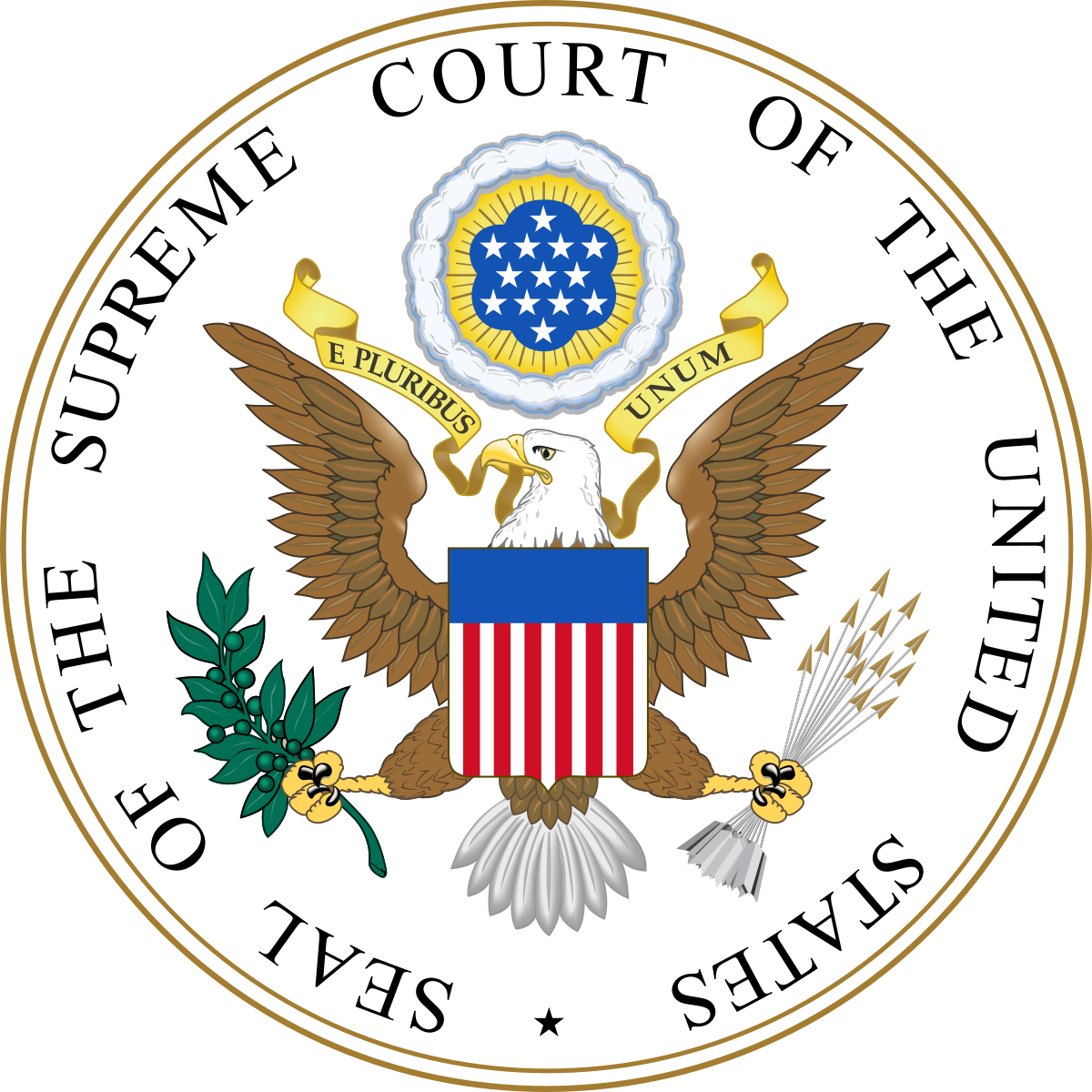*Published with the generous permission of Teri Kanefield. Read all of her writing here.
By Teri Kanefield
This question came via my contact button from a reader in Europe:
Thanks for your highly informative posts. I learn a lot every time!
I don’t understand how a Supreme Court can be as influential as it is in the U.S. Especially in these years, it seems very dangerous to put so much faith in 9 lifetime and politically appointed judges. I wonder if you could comment on this.
Understanding how the Supreme Court came to have disproportionate power — and how to redress the problem — requires a jaunt into Constitutional law and constitutional history.
The order of the articles and the way the power was allocated indicate that the drafters believed the legislative branch was the most important and the judicial branch the least important.
The legislative branch makes the laws and the executive branch enforces the law. The maker of the laws generally has more power than the enforcer of laws. It is unlikely that the drafters anticipated how the president’s veto power would elevate the president’s power in relation to Congress’s power. (The president has the power to veto laws; Congress then needs a supermajority to overcome the veto. George Washington understood that he paid deference to Congress’s authority to enact laws and vetoed only those he believed were not constitutional.)
Similarly, the war powers shifted in ways the framers couldn’t have anticipated. The legislative branch declares wars, and the president is the commander in chief of the armed forces. In the 18th century, those with the power to declare wars had more power than those who fought the wars. The framers could not have foreseen how undeclared land wars in Asia and cyber wars would shift warfare power from Congress to the President.
The founders took care to limit the powers of each branch. The power of the lawmakers and President is checked by term limits. The Court’s power is limited in other ways:
The idea behind lifetime appointment was that judges would be able to make the decisions they believed were right without worrying about political blowback. Occasionally, that worked out. For example:
Lifetime appointments allowed federal judges in the 1930s, 1940s, and 1950s to go against the will of the voters (who were entirely white) to end racial segregation.
In the 1930s, when Thurgood Marshall, Charles Hamilton, and the other NAACP lawyers took on the task of ending racial segregation, they faced a Catch-22: Racial segregation and Jim Crow laws were used to keep Black Americans from voting. This meant that the electorate was almost entirely white. If only white people were allowed to vote, ending segregation would be difficult, if not impossible, at the polls. (In 2020, Trump won 58% of the white vote while Biden won 87% of the Black vote.)
The NAACP lawyers, therefore, saw no hope of ending racial segregation — particularly in the South — by persuading the voters or elected officials. So, they took their fight to end racial segregation to the federal courts. Victory took a few decades, but they succeeded by persuading federal judges that racial segregation violated the Fourteenth Amendment.
People Live Longer Now.
Lifetime appointment had a different meaning in the 18th century. The average lifespan in 1790 was about 64 years. Today, it is more than 76 years.
Marbury v. Madison (judicial review)
The Constitution (like all laws) contains phrases open to interpretation. What does “general welfare” mean? For that matter, what does “liberty” mean when uttered by enslavers? The Constitution, however, neglected to designate who interprets the Constitution.
Alexander Hamilton and a few others talked about the concept of judicial review (the Courts being entrusted with the task of interpreting the Constitution), but others held the vague idea that each branch would interpret the Constitution as needed to fulfill its functions and the branches would serve as checks on each other. In other words, the power to interpret the Constitution would be divided.
Then, in 1803, in a case called Marbury v. Madison, the Supreme Court declared for itself the power to act as the final arbiter of what the Constitution means. Obviously, this greatly increased the Court’s power.
The Problem With Nine
The Constitution does not specify the number of Supreme Court justices. The number can be changed by Congress. In 1798, Congress passed the Judiciary Act, which, among other things, fixed the number of Supreme Court justices at six. The population was then just under 4 million. There were 26 Senators and 65 members of Congress. (That number went to 105 after the first census.)
In 1869, Congress added three more justices, giving us our present number of 9. The population was then 31 million, and there were 64 Senators.
Today, the U.S. population is more than 333 million. We have 100 Senators, but we still have only 9 Justices.
See where I’m going with this? The legislative branch is divided among 100 Senators and 435 members of Congress. On the other hand, the Supreme Court still has nine justices, which gives each of the nine justices a disproportional amount of power.
If the number of justices had grown in proportion to the population and hence the members of Congress, we’d now have 24 justices on the Supreme Court.
With 24 justices, the power of each justice would be diluted, there would be more rapid turnover, and most likely, there would be a larger range of viewpoints, making it harder to reach a consensus, which (it seems to me) would work against extremism. It might be that the justices would break into panels the way appellate courts do, which would mean not every justice would hear every case, which would force the court into more moderate positions because they’d have to remain consistent across panels.
Why Hasn’t The Number Been Increased Since 1869?
Franklin Delano Roosevelt tried it and got so much blowback that nobody since has dared to try.
We all know that Roosevelt enacted far-reaching legislation. What people now forget is that the pace was slowed considerably because an ultra-conservative Supreme Court kept invalidating his legislation. After a few years of frustration with the Supreme Court, Roosevelt came up with a plan to add lots of justices. Two things happened after Roosevelt devised his plan. (1) The Supreme Court stopped invalidating his legislation, and (2) it became clear that his plan to add justices was unpopular.
It is unclear why the Supreme Court stopped invalidating Roosevelt’s New Deal legislation. One theory is that the justices knew they were out of step with the population. Another is they knew if they stayed out of step, a president would eventually add justices, thereby diluting their power.
Don’t Call It Court Packing. Call It “Court Reform”
Thanks to what is known as Roosevelt’s court-packing scheme, a plan to add justices has bad connotations. It is, therefore, important not to call it court packing. Call it Court reform.
What about term limits?
Here is the problem with term limits as a solution: The Constitution states that Justices “shall hold their Offices during good Behaviour,” which has always been understood to mean lifetime appointment.
I haven’t heard a good theory for how term limits will get around the language of the Constitution, which gives lifetime appointments. The idea of rotating justices into senior advisement positions also fails because each branch of government regulates itself. Congress doesn’t have the authority to regulate how the Court manages itself.
The only way I can see term limits working is if the Supreme Court agrees to them, and the only way I can see sitting Supreme Court justices willing to give up power would be if Congress threatens to add a bunch more justices, which it has the power to do. The justices might then elect to work out a term limits deal instead of having their power diluted.
A Right-Wing Reactionary Supreme Court Is Not Unique To This Era
Because the electoral college favors rural states, and because the conservatives tend to live in rural states, and because the president appoints justices, for most of our history, the Supreme Court has been conservative.
Arguably we have had only one truly liberal Supreme Court in all of our history — the Warren Court of the 1950s and the 1960s, which we got because Franklin D. Roosevelt served 12 years in office, and appointed a whole bunch of justices. Also, a little luck came into play. Chief Justice Earl Warren was appointed by a Republican and proved to be a surprise: Nobody knew he was liberal and would lead the charge to outlaw racial segregation. But once Warren had a lifetime appointment on the Court and could do as he pleased, he emerged as a liberal and helped pull together a unanimous decision to overturn racial segregation.
To demonstrate that a conservative Supreme Court is not a new problem, here is a sampling from Supreme Court decisions.
Dred Scott v. Sanford (1857)
The majority held that “a negro, whose ancestors were imported into [the U.S.], and sold as slaves,” whether enslaved or free, could not be an American citizen and therefore did not have standing to sue in federal court. In addition, the Court held that “the special rights and immunities guaranteed to citizens do not apply to them.”
The Court also added that enslaved persons were property under the Fifth Amendment and that any law that would deprive a slave owner of that property was unconstitutional.
It took a Civil War to undo that one. After the Civil War and before, the South had the power to interfere. Congress added the 13th, 14th, and 15th Amendments to the Constitution. The Thirteenth Amendment ended slavery, the Fourteenth Amendment (among other things) guaranteed due process and equal protection of the laws to all persons, and the Fifteenth Amendment gave Black men the vote.
Then, in the Civil Rights Cases (1883), the Supreme Court set to work undoing gains made by the Fourteenth Amendment.
In 1883, the Supreme Court effectively overturned the Civil Rights Act of 1875, which prohibited racial discrimination in public accommodations like hotels, restaurants, and transportation. The Supreme Court, in an 8-1 decision, held that Congress could not regulate private businesses, which ushered in the Jim Crow era of legalized racial segregation.
Plessy v. Ferguson (1896)
The Supreme Court held that separate facilities do not violate the Fourteenth Amendment, thereby legalizing segregation on public transportation.
Lochner v. New York (1905)
The Supreme Court struck down a law limiting bakery work hours to 10 per day, finding an implicit “liberty of contract” in the Due Process Clause. In other words, the Court held that under the freedom to contract, if people were willing to work for pennies for 10 hours per day, the government had no authority to step in.
There was also the time the Supreme Court said the federal income tax was unconstitutional, the time the Supreme Court upheld the internment of Japanese Americans during World War II, and the time the Supreme Court said Georgia had the right to criminalize sexually active gay and lesbian relationships.
Anyway, you get the idea. A conservative Supreme Court is not a new problem. The way to get another Warren court is for Democratic presidents to appoint enough justices.











